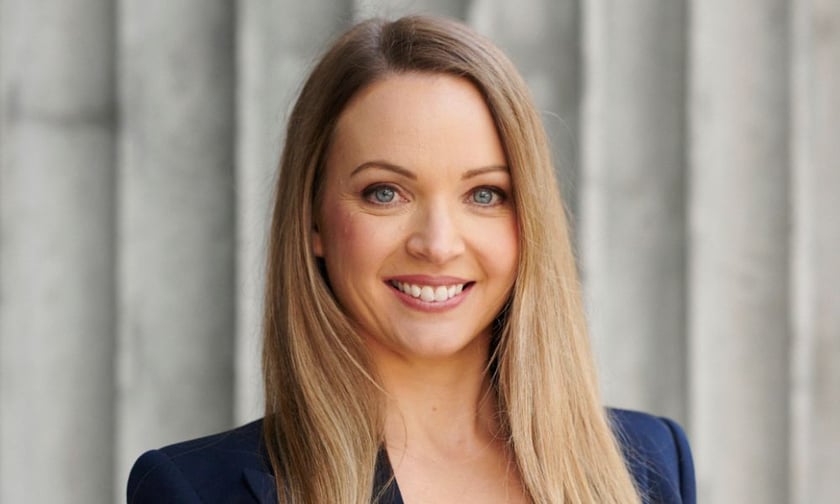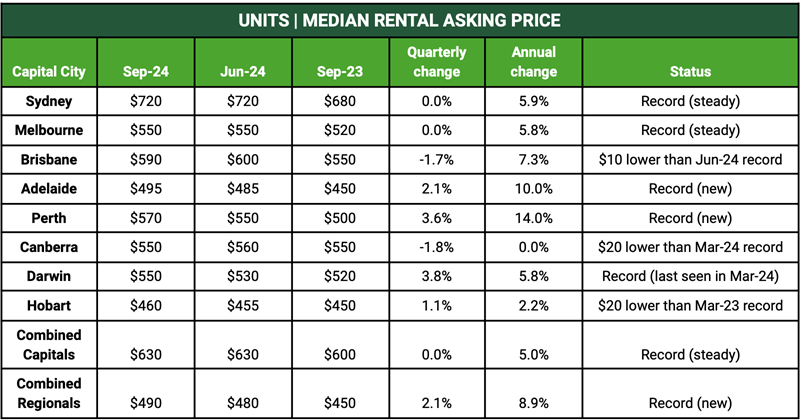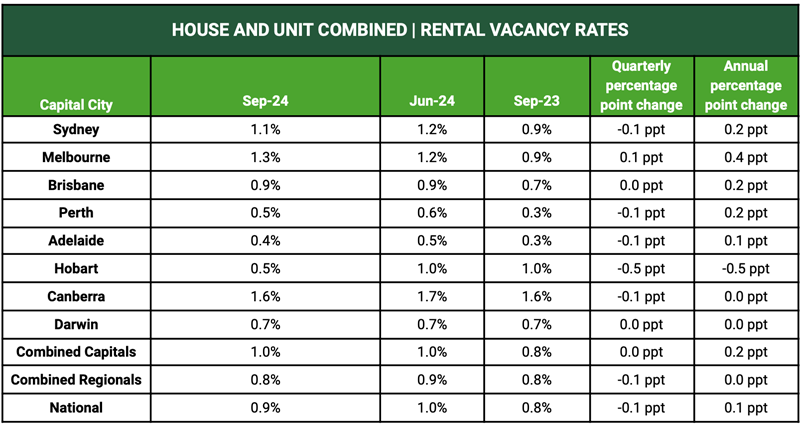

Australia’s once-explosive rental growth is finally showing signs of easing, with new data revealing that capital cities have reached their peak growth rates and are now decelerating, according to Domain’s latest Rent Report for the September Quarter 2024.
After enduring one of the longest periods of rental price increases, all major Australian cities are now experiencing a sharp slowdown.
Quarterly rental growth for both houses and units has stalled for the first time in nine months, marking the weakest September quarter for houses since 2019 and for units since 2020.
“All capital cities have passed their peak in growth rates and are now decelerating rapidly, with some cities already in decline,” said Nicola Powell (pictured above), Domain’s chief of research and economics.

In terms of city-by-city performance, Brisbane experienced its first rental price decline for houses in over four years, while Melbourne saw a stabilisation of house rents after a nine-month period of fluctuations. On the other hand, Sydney, Adelaide, and Perth recorded modest growth.
For units, Brisbane and Canberra saw declines, while Sydney and Melbourne remained stable after prolonged increases, with smaller cities like Hobart and Darwin registering growth, Domain reported.

Annual rent increases have also hit multi-year lows, particularly in cities like Brisbane and Adelaide, where growth has slowed to its lowest point in 3.5 years.
Sydney and Melbourne have also seen deceleration, with annual gains now at their weakest since 2021.
However, previously weaker markets like Hobart and Darwin are showing some slight acceleration in yearly growth, Domain reported.
Despite the easing rental growth, rents remain at record-high levels in many cities, with tenants still struggling to keep up with costs.
Rental vacancy rates across the capital cities are uniformly below 2%, keeping the market firmly in favor of landlords.
The affordability crisis, driven by rent increases far outpacing wage growth, is now playing a major role in slowing down further growth.
“Affordability is a significant factor contributing to this slowdown and will likely continue to restrict further growth,” Powell said.

Several factors are contributing to the cooling market, including a decline in rental demand as more tenants share homes or opt for multi-generational living. Additionally, net overseas migration has dropped by 19% since March 2023, easing demand-side pressures.
On the supply side, investor activity is rising, with investors accounting for 38% of new home loans, which has helped increase available rental stock.
As Australia’s rental market transitions from its post-pandemic surge, tenants can expect some relief, although affordability challenges remain.
With rent growth decelerating and vacancy rates slowly increasing, the market is beginning to balance, offering cautious optimism for renters in the coming months.
Get the hottest and freshest mortgage news delivered right into your inbox. Subscribe now to our FREE daily newsletter.
